Zamek Liverpool? Oraz Lower Rivington Reservoir,/Liverpool Castle? And Lower Rivington Rese[PL/ENG]

Wstęp:
W zeszłym tygodniu wybraliśmy się z żona na mały wypad do Blackpool (Wielka Brytania -2 noce) , po drodze postanowiliśmy się zatrzymać w parku Lever - Rivington , jako przystanek w półtorej godzinnej trasie. Powodem dlaczego wybraliśmy akurat to miejsce jest sztuczne utworzone jezioro oraz znajdującym się przy zamek a raczej jego ruiny. Zobaczmy co kryją ruiny zamku Liverpool , a przy okazji zobaczymy sobie jego zielone okolice oraz rezerwuar wody Lower Rivington Reservoir,

Introduction:
Last week my wife and I went on a little trip to Blackpool (UK -2 nights), on the way we decided to stop at Lever - Rivington Park as a stop on an hour and a half route. The reason why we chose this place is an artificial lake and a castle next to it, or rather its ruins. Let's see what the ruins of Liverpool Castle hide, and by the way we will see its green surroundings and the Lower Rivington Reservoir water reservoir,
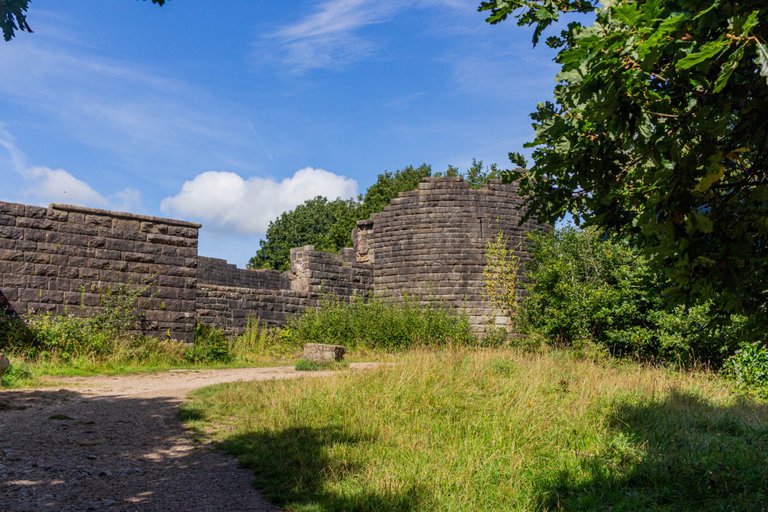

Zamek Liverpool:
Zanim zaczniemy zwiedzanie , poznajmy trochę historie tego zamku .
Nie jaki William de Ferrers ( hrabia Derby )wybudował zamek miedzy 1232 a 1235. Zamek miał za zadanie ochraniać nowo wybudowanego portu Króla Jana i znajdował się na dzisiejszym szczycie ulicy Lord street w Liverpool. W 1247 William zmarł i zamek w derby oraz ten o którym piszę odziedziczył jego syn Robert de Ferrers który to zbuntował się przeciwko królowi Henrykowi III . Robert trafił do Londyńskiego Tower a jego tytuł został usunięty , a ziemie odebrała mu korona. Ten sam Henryk III podarował ów ziemie wraz z dwoma zamkami swojemu drugiemu synowi Edmundowi.W kolejnych okresach zamek przypadał kolejnym możnowładcą , na przemian wracając do korony. Niemal każdy następny właściciel umacniał zamek ,i rozbudowywał go w mniejszym lub mniejszym stopniu. Niestety w 1707 lub 8 w wyniku rozbudowy miasta, wpadnięto na pomysł iż można wykorzystać kamień zamkowy pod budowę mokrego doku co pozwoli zaoszczędzić na materiałach ,zamek i tak był w strasznym stanie po zdobywaniu go przez różne siły w latach 1644 - 1688. Pomysł ten prawdopodobnie zrealizowano ,ale ostatecznie doszło do rozbiórki zamku w 1715 roku ,a na jego miejsce wybudowano kościół św.Jerzego.
Zapraszam na zwiedzanie a zaczynamy od drogi wśród drzew którą dochodzimy do bram zamku

Liverpool Castle:
Some William de Ferrers (Earl of Derby) built a castle between 1232 and 1235. The castle was designed to protect King John's newly built harbor and was located on today's top of Lord street in Liverpool. In 1247 William died and the derby castle and the one I am writing about were inherited by his son Robert de Ferrers who rebelled against King Henry III. Robert ended up in the Tower of London, his title was removed and his lands were taken from him by the crown. The same Henry III gave the land with two castles to his second son Edmund. In subsequent periods, the castle fell to another magnate, returning alternately to the crown. Almost every subsequent owner strengthened the castle and expanded it to a lesser or lesser extent. Unfortunately, in 1707 or 8, as a result of the expansion of the city, it came up with the idea that you can use the castle stone for the construction of a wet dock, which will save on materials, the castle was in a terrible condition after conquering it by various forces in the years 1644 - 1688. This idea was probably was completed, but the castle was finally demolished in 1715, and in its place the Church of St. George was built.
I invite you to visit and we start with the road among trees that leads to the gates of the castle
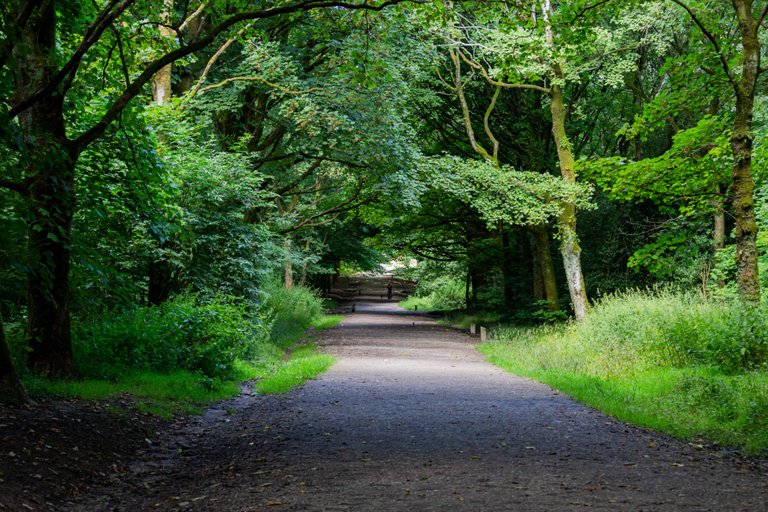
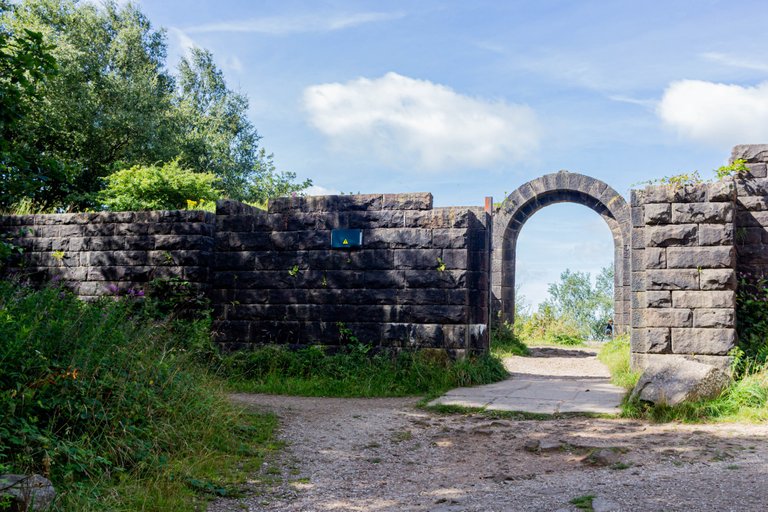
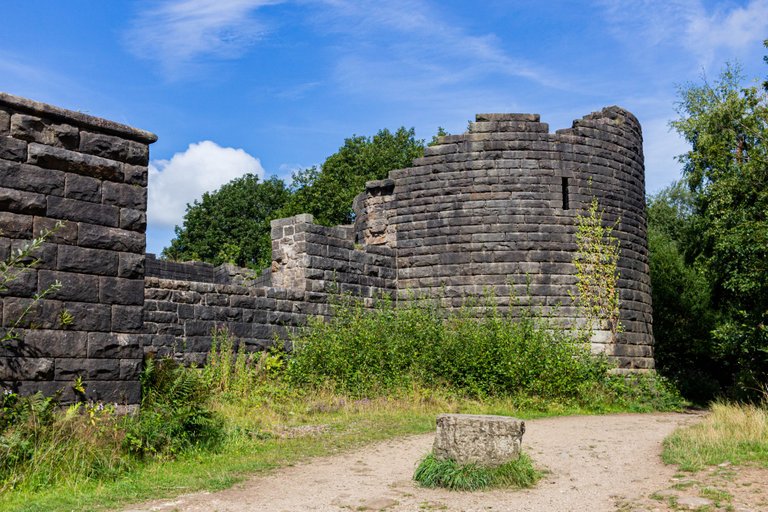
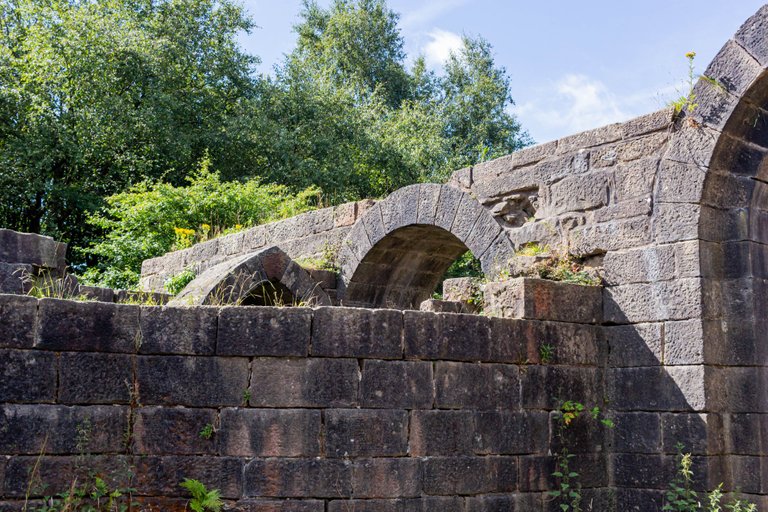

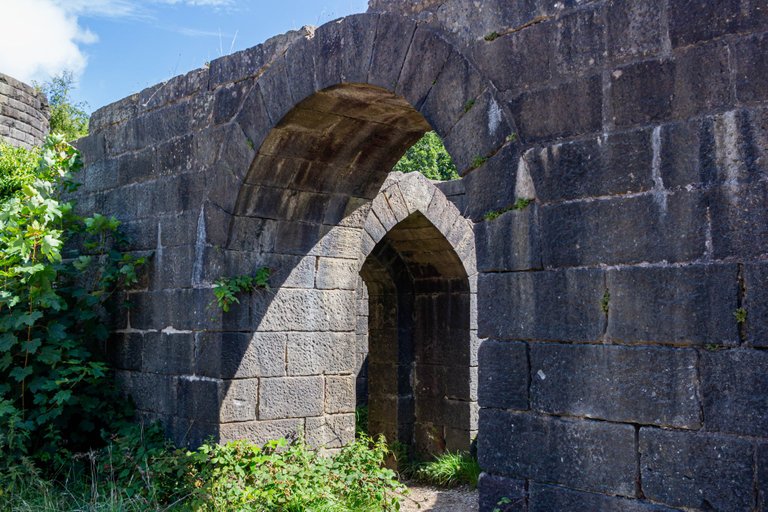
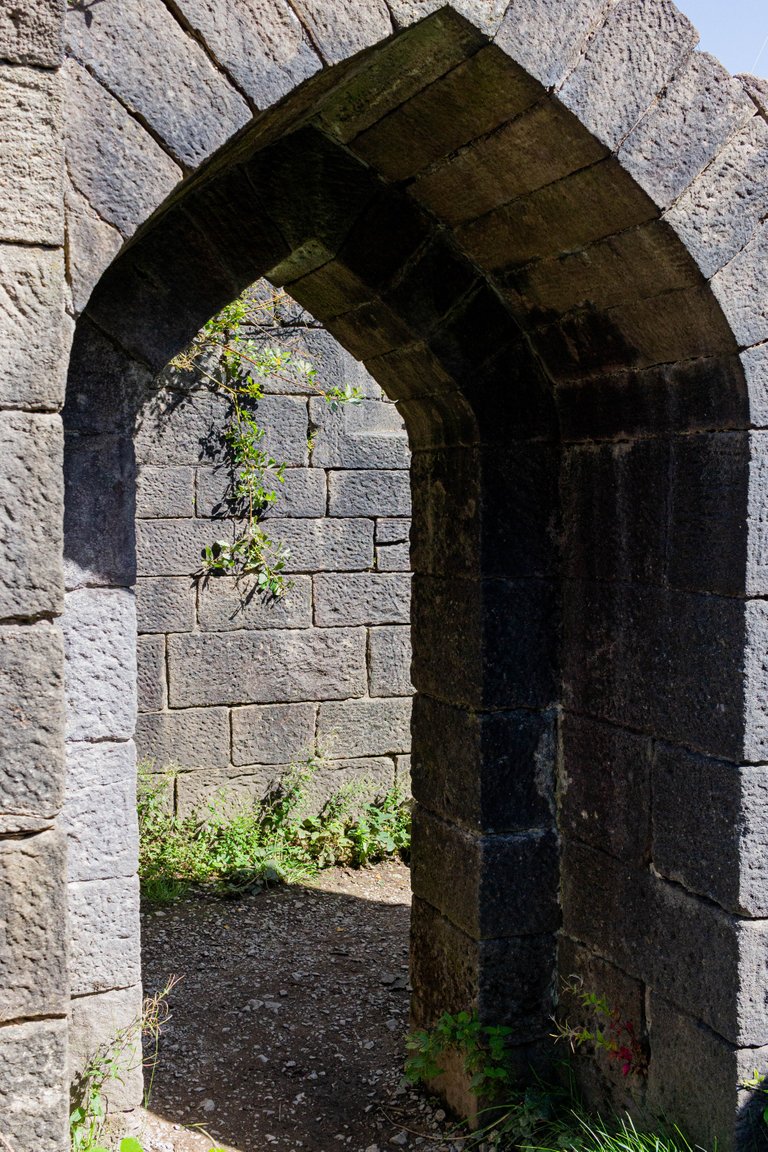
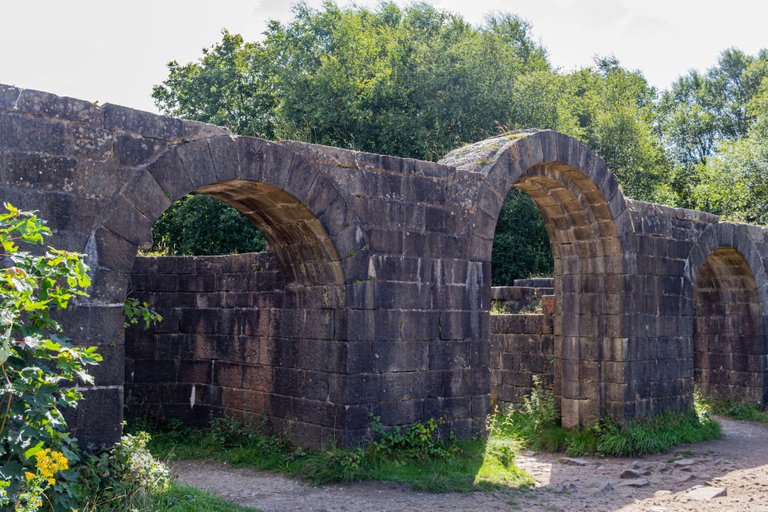
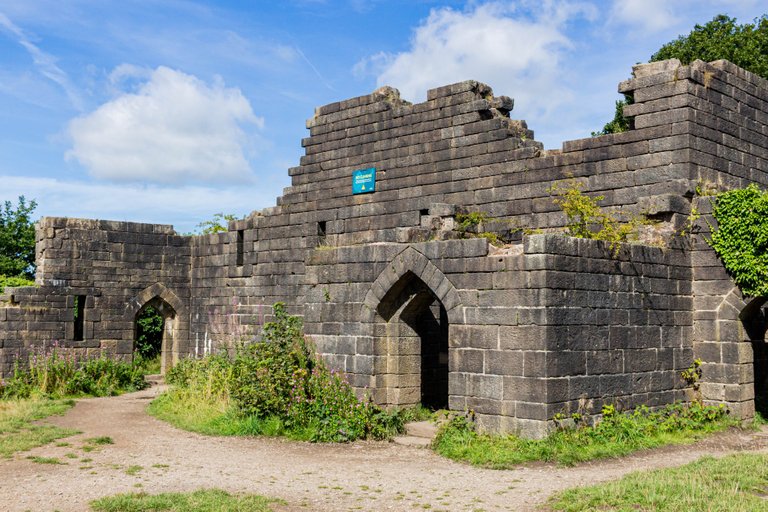
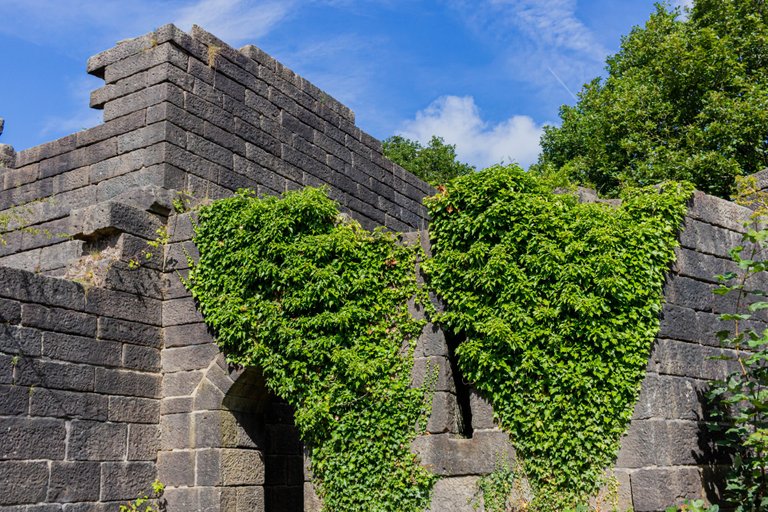

W środku:
Jak widać zamek jest w nie najlepszym stanie ,brakuje ogromnych fragmentów murów obronnych, wież, czy kwater. Co ciekawe nie widać śladów walk ,uszkodzeń czy większych oznak podpalenia ,czy w ogóle ognia. Jednym słowem nie pasuje to do typowych ruin zamków czy twierdz jakich ja widziałem i zwiedzałem , poza tym zamek podobno został "unicestwiony" . W każdym razie , nie jest on wielkim obiektem ,możemy wejść co do poniektórych pomieszczeń ale większość z nich nie ma żadnego zadaszenia , nie doszukamy się też tu czegokolwiek innego niż surowych murów ,zrujnowanych wież itp. ma to swój specyficzny klimat.

Inside:
As you can see, the castle is not in the best condition, huge fragments of defensive walls, towers or quarters are missing. Interestingly, there are no signs of fights, damage or major signs of fire. In a word, it does not fit into typical ruins of castles or fortresses that I have seen and visited, besides, the castle is said to have been "annihilated". In any case, it is not a large object, we can enter some rooms, but most of them have no roof, we will not find anything other than raw walls, ruined towers, etc., it has its own specific atmosphere.
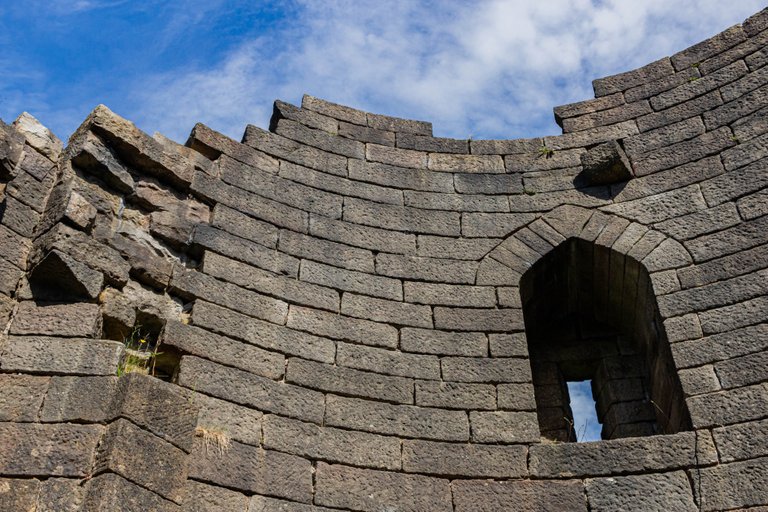
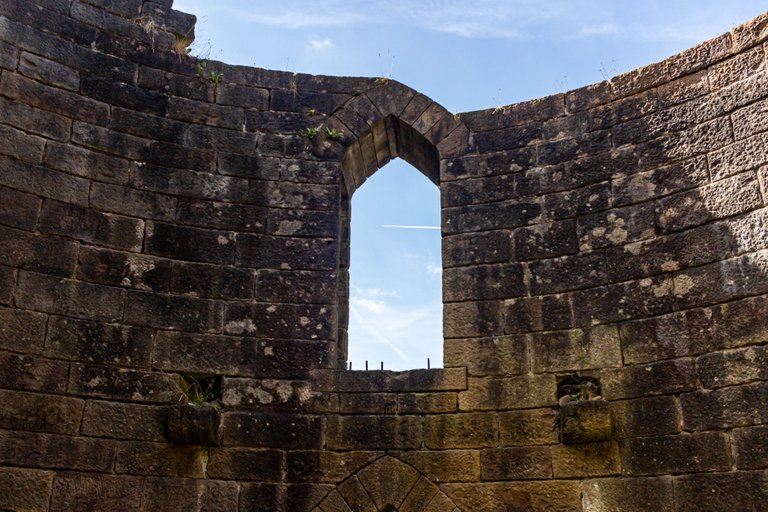
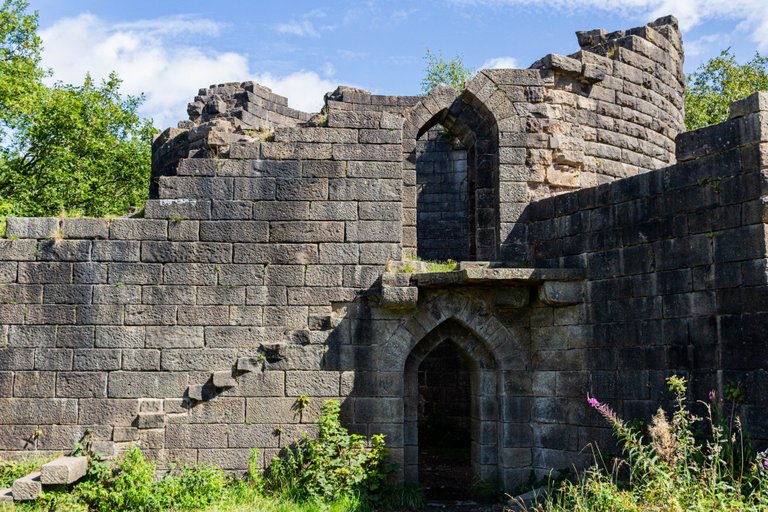
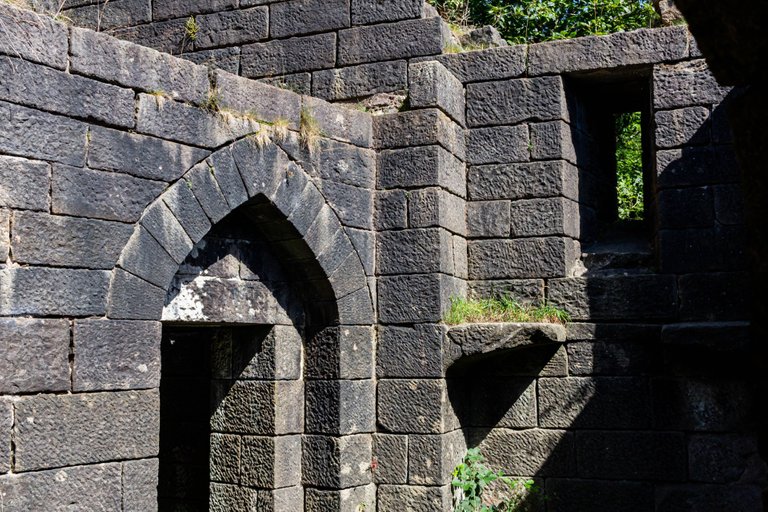
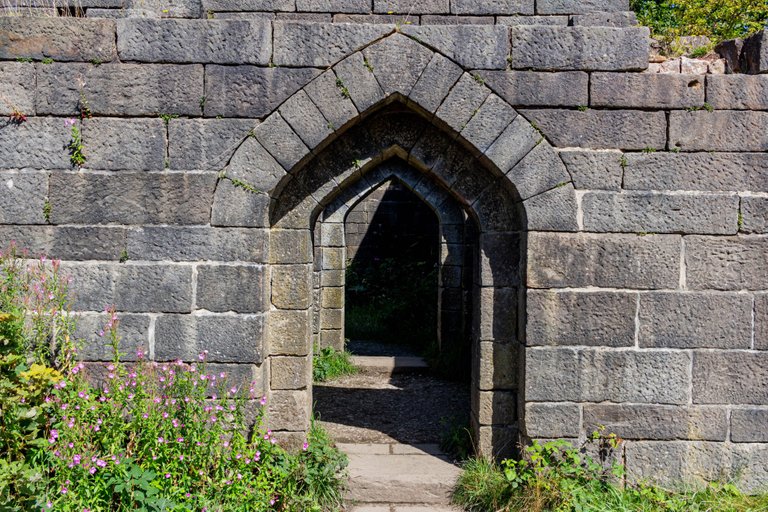
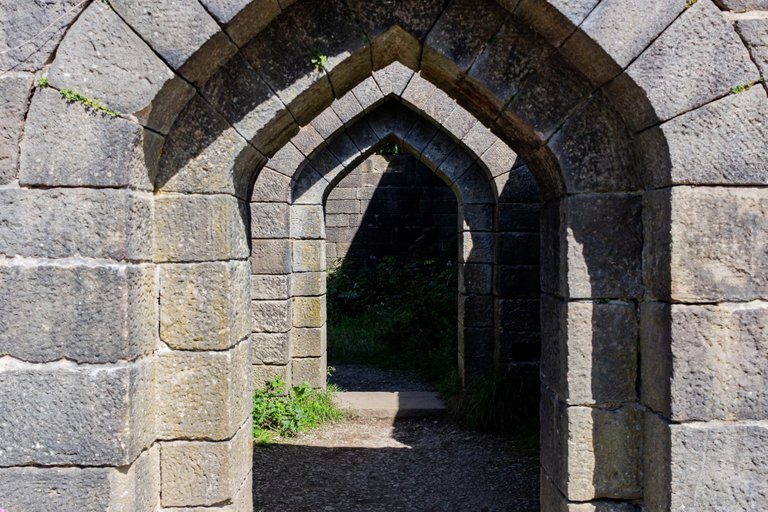
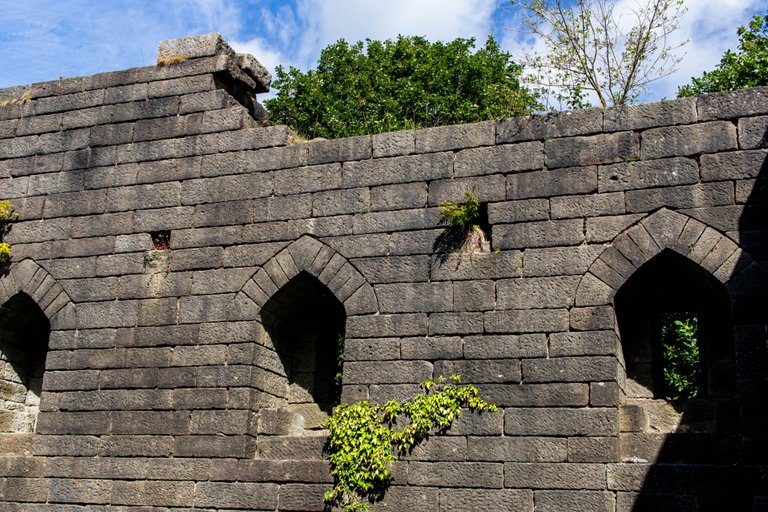




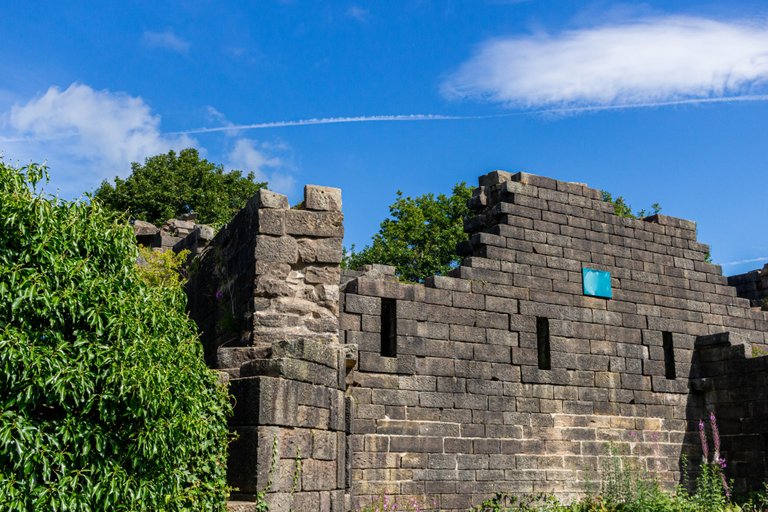
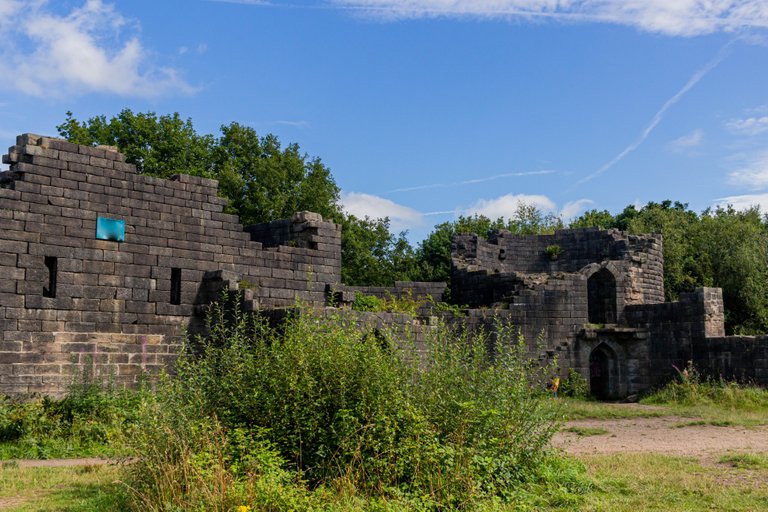
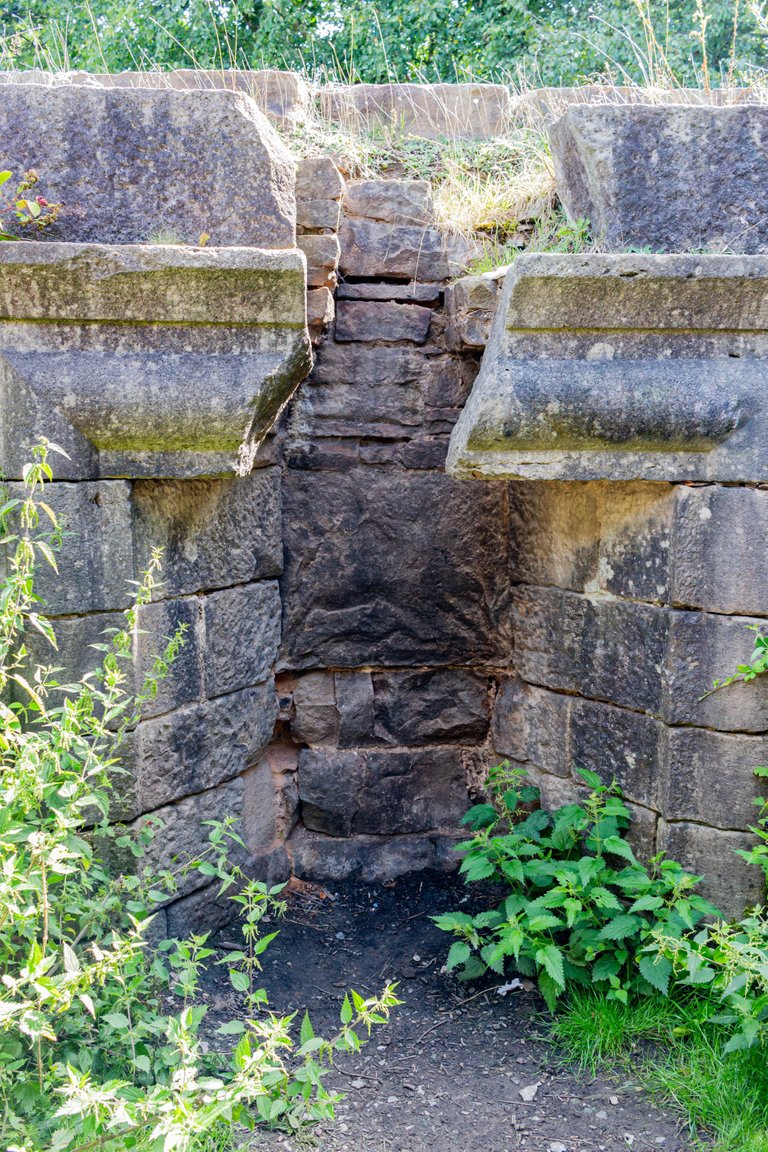
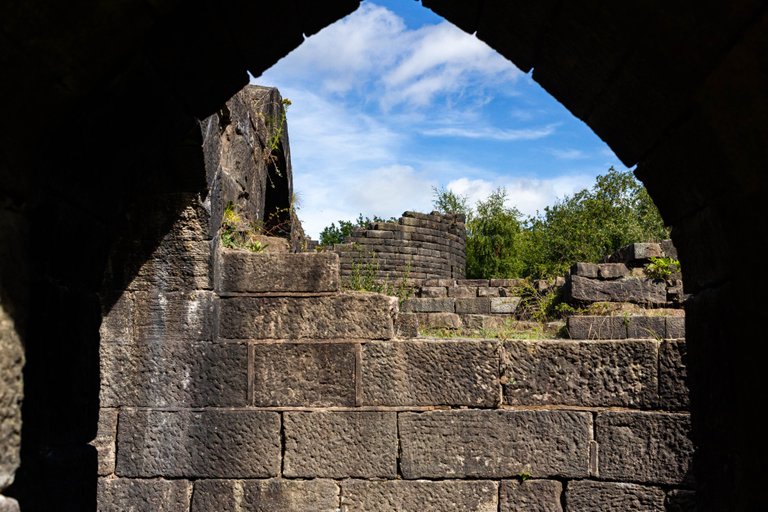

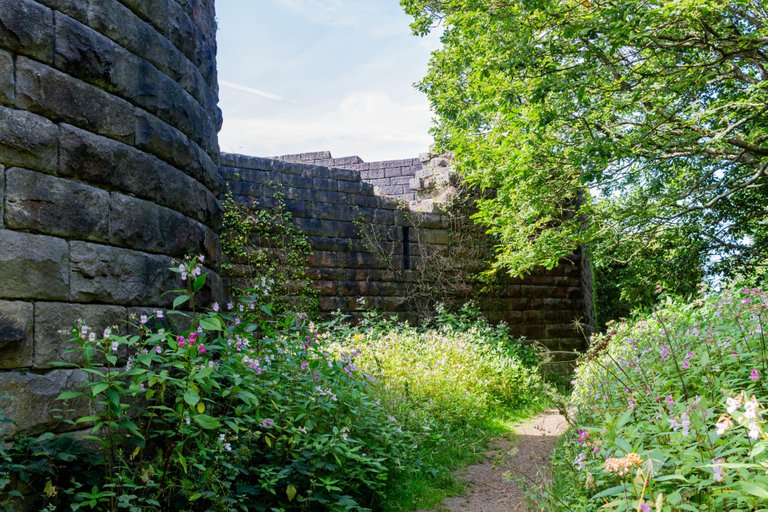
Teleportacja zamku:
Zapewne zauważyliście że w historii zamku a tego co widzimy na zdjęciu nie zgadza się kompletnie nic . Ani lokalizacja ,ani ogólny wygląd , ani to że w ogóle ten zamek jeszcze istnieje , czyż by przetrwałe pozostałości zamku przeniesiono i częściowo odbudowano tutaj ? Nie do końca . Prawda jest nie co inna . Zamek nosi też inna nazwę Rivington Castle czyli Zamek Rivington co jasne przejęło od miejscowości /lokalizacji gdzie stoi , ale dlaczego zamek Liverpool nazywany jest również Rivington . Wszystko za sprawą William Lever który to był przemysłowcem , filantropem i politykiem . Postanowił On wybudować replikę 1:1 zamku Liverpool właśnie w tym miejscu gdzie go zwiedzamy. Budowo rozpoczęto w 1912 roku i oparto go na hipotetycznych planach rekostruckcji E.W.Coxa z 1892. Niestety budowa nie została ukończona , dlatego też zawdzięcza swoja specyfikę

Castle Teleportation:
You have probably noticed that in the history of the castle and what we see in the photo is completely wrong. Neither the location nor the general appearance, nor the fact that this castle still exists at all, would the surviving remains of the castle be moved and partially rebuilt here? Not completely . The truth is different. The castle is also called Rivington Castle , which is clearly taken from the town / location where it stands, but why Liverpool Castle is also called Rivington. All thanks to William Lever who was an industrialist, philanthropist and politician. He decided to build a 1: 1 replica of Liverpool Castle in the place where we visit it. Construction began in 1912 and was based on the hypothetical plans of E.W.Cox recostruction from 1892. Unfortunately, the construction was not completed, therefore it owes its specificity
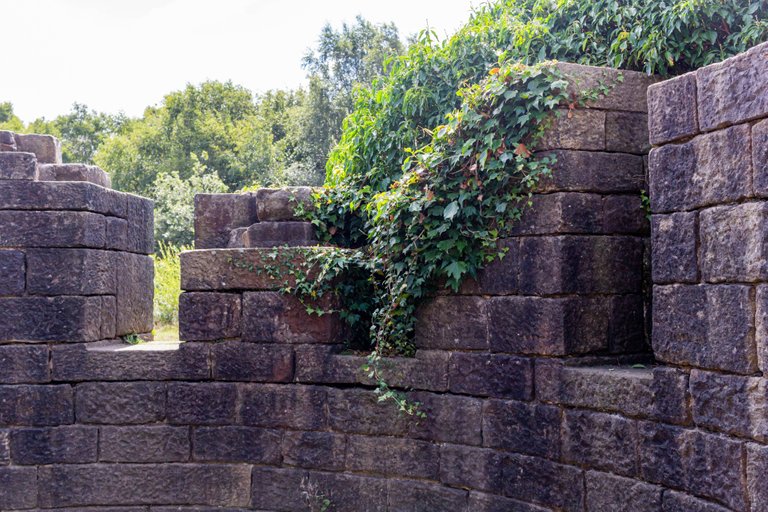
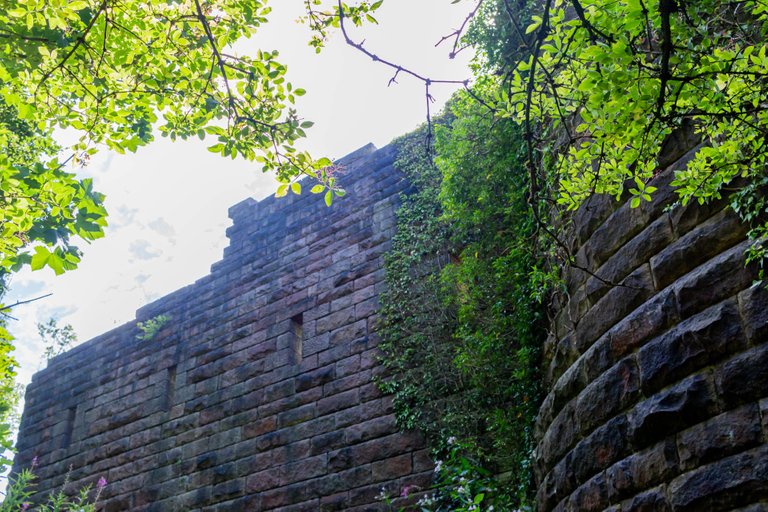

Lower Rivington Reservoir:
To część sieci rezerwuarów wody Rivington które to zostały wybudowane pomiędzy 1850 a 1857 rokiem , a zaprojektował je nie jaki Thomas Hawksley. Znane są one również pod nazwa "trzech jezior" i obecne zaopatrują 70.000 domów w wodę , głównie w rejonie Wigan. Jeziorko ma swój urok , pełno tu zieleni , żwirkowych czy kamienistych plaż , w lasach są wybudowane ścieżki dla turystów ,można odwiedzić knajpkę, urządzić piknik , czy nawet popływąć na łódkach . Jest to miejsce typowo rekreacyjne dla wszystkich. Niestety oficjalnie pływać tam nie można

Lower Rivington Reservoir:
It is part of the Rivington water reservoir network which was built between 1850 and 1857 and designed by some Thomas Hawksley. They are also known as the "three lakes" and now supply 70,000 homes with water, mostly in the Wigan area. The lake has its charm, it is full of greenery, pebble or rocky beaches, there are paths for tourists in the forests, you can visit a pub, have a picnic, or even go sailing on boats. It is a typical recreational place for everyone. Unfortunately, you cannot officially swim there
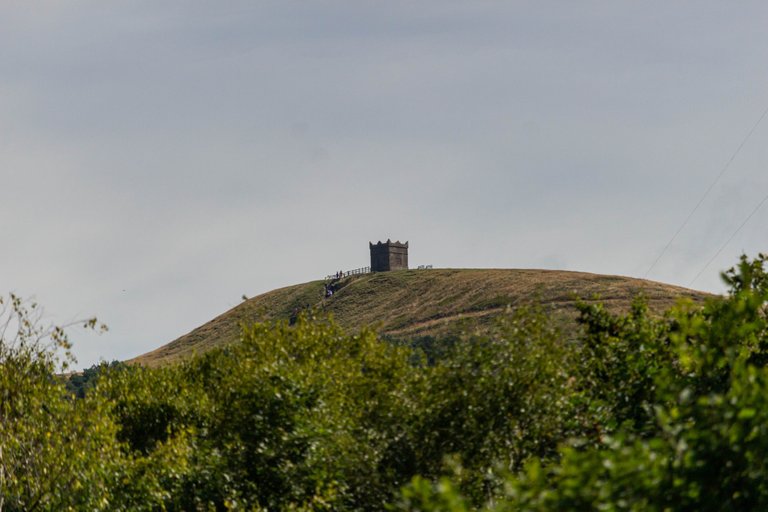
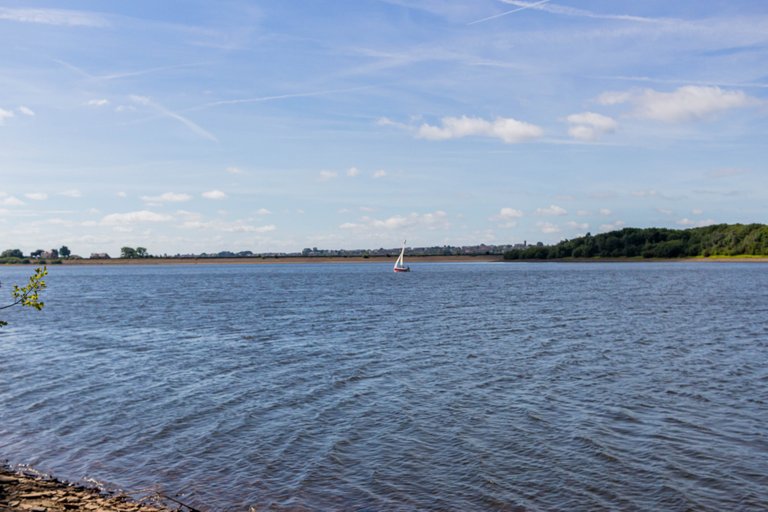
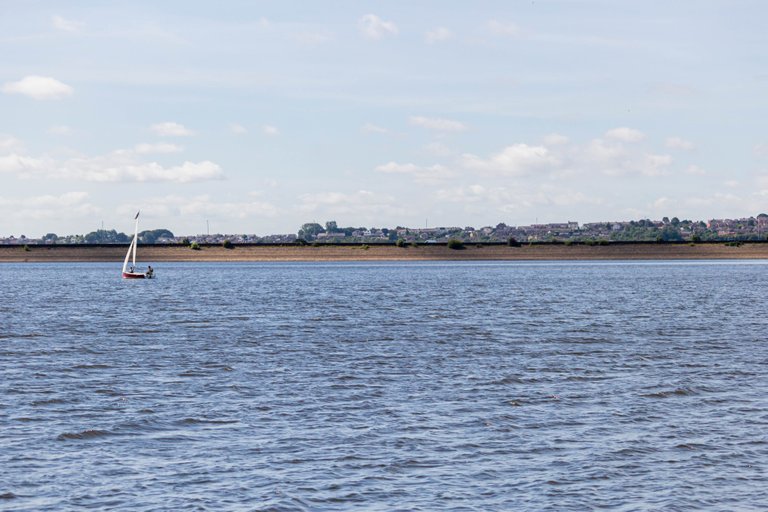
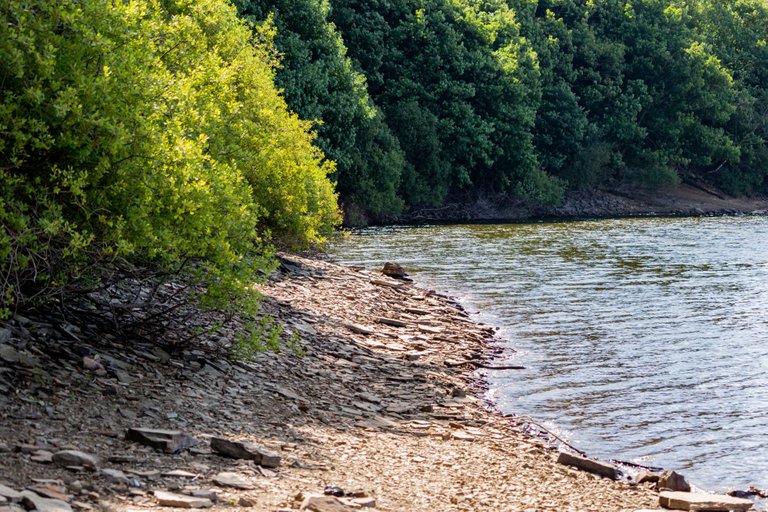
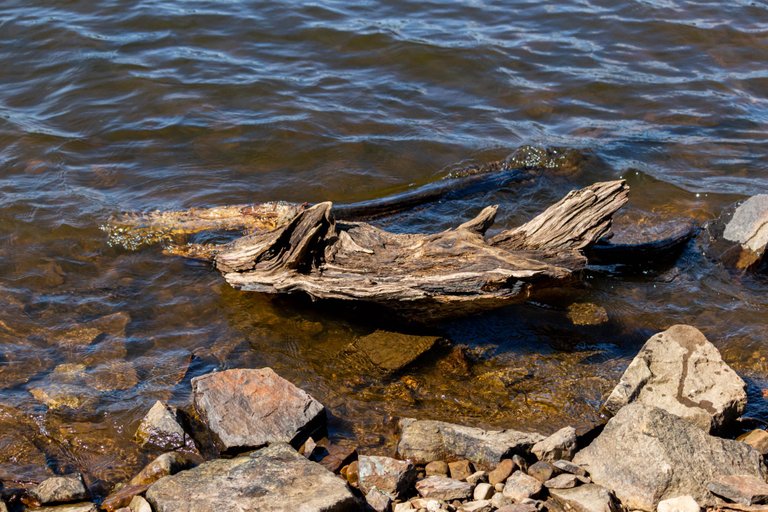
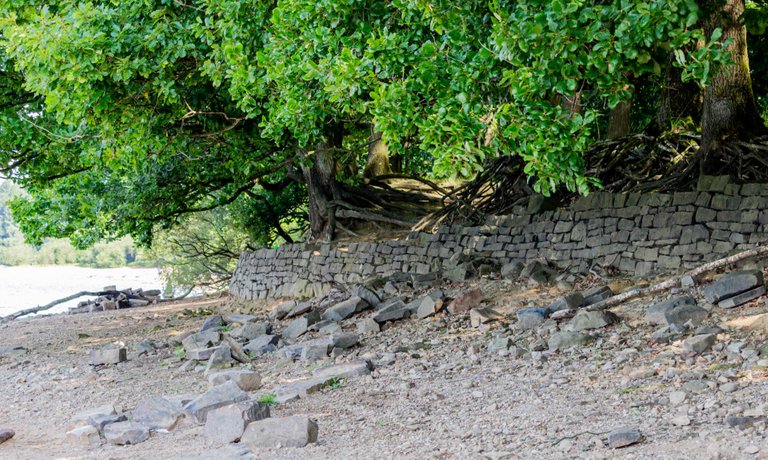
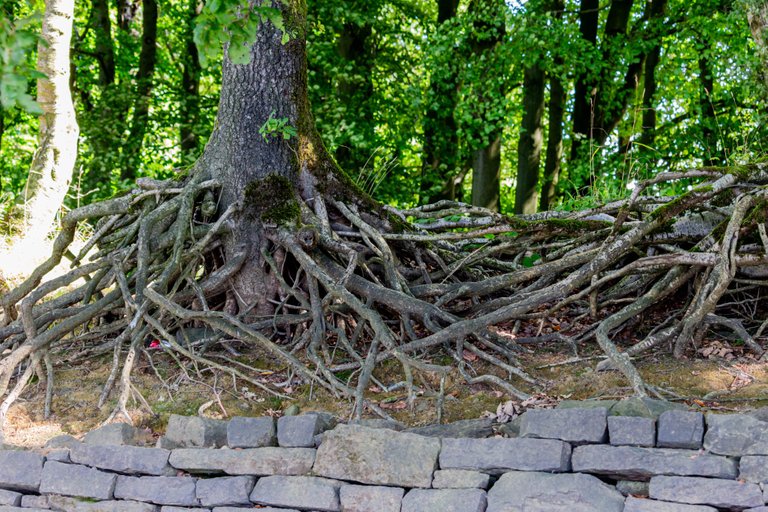
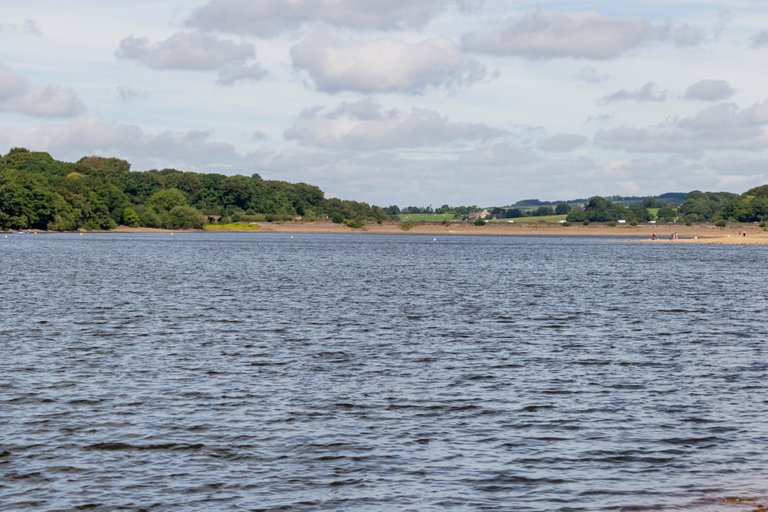
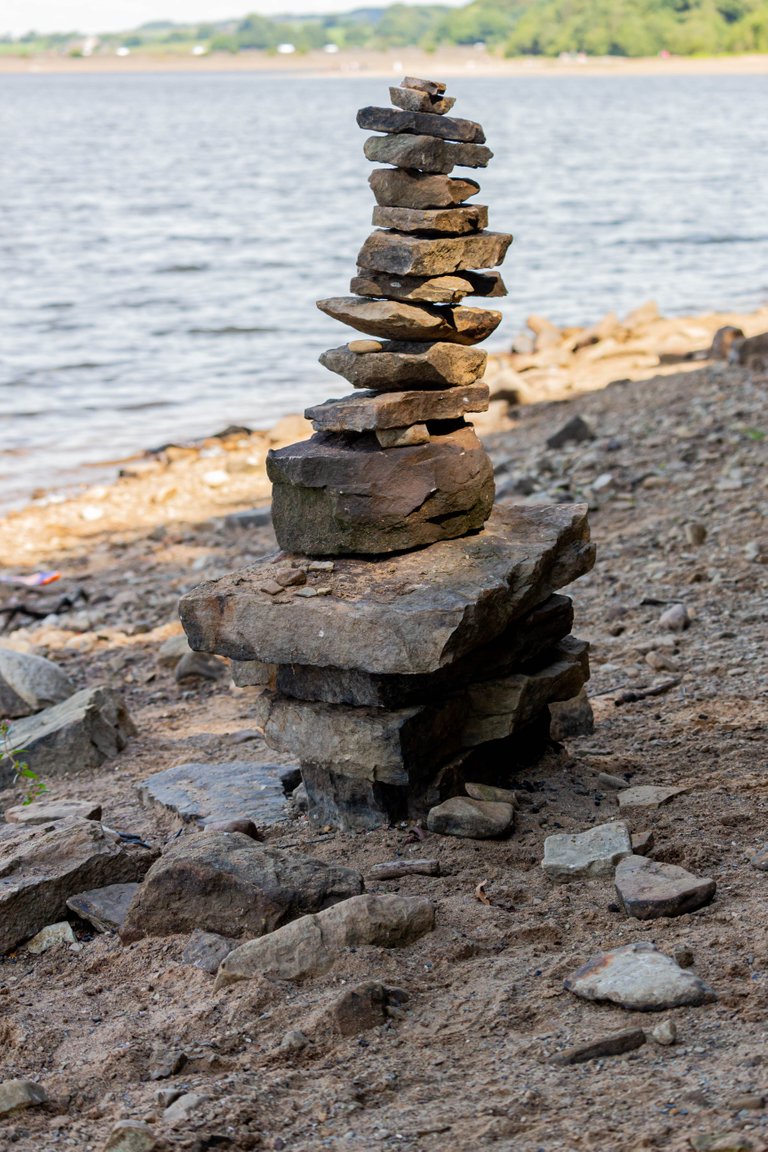
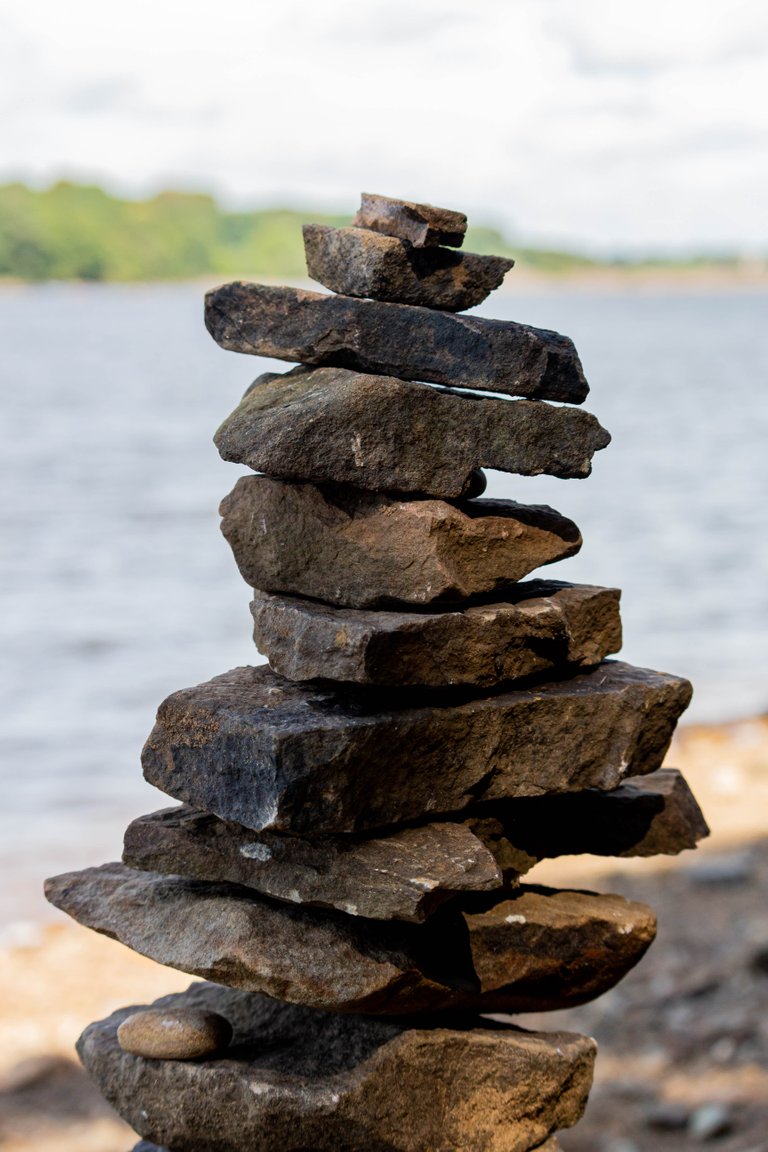
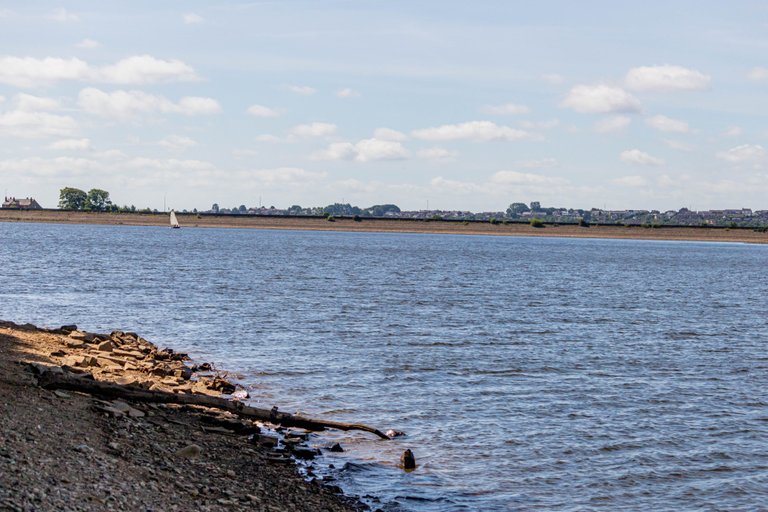
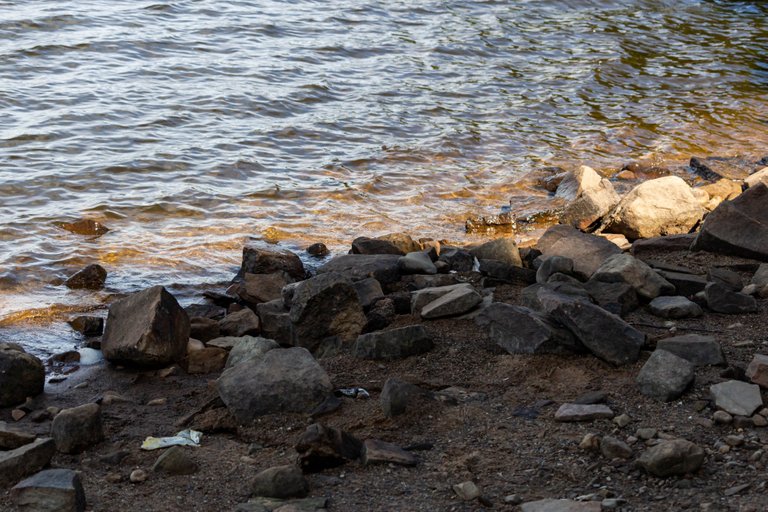
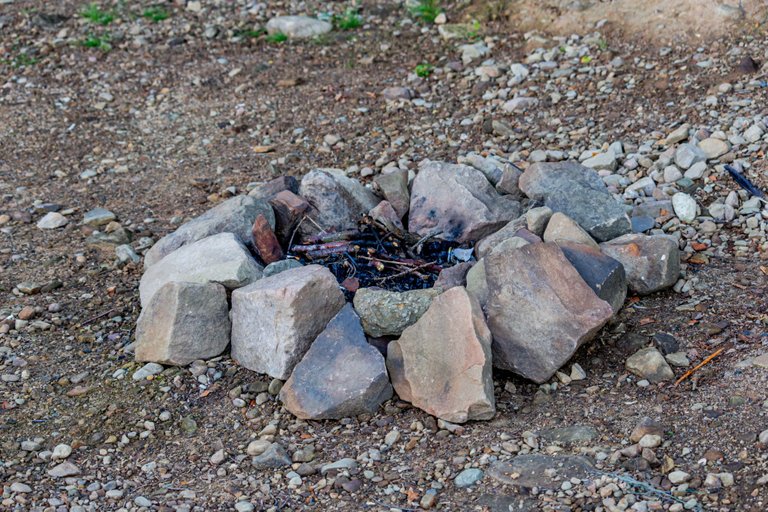
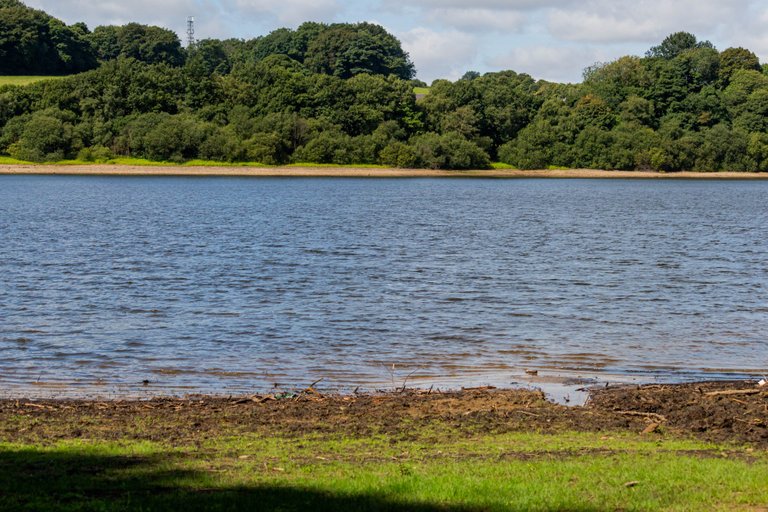
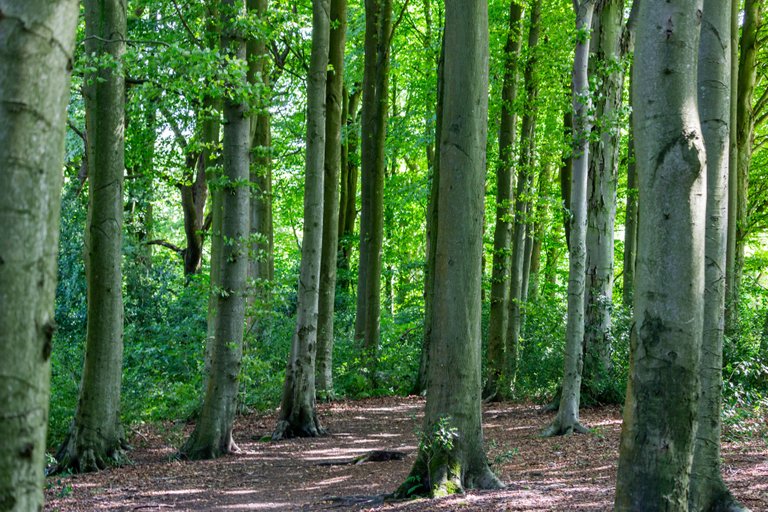
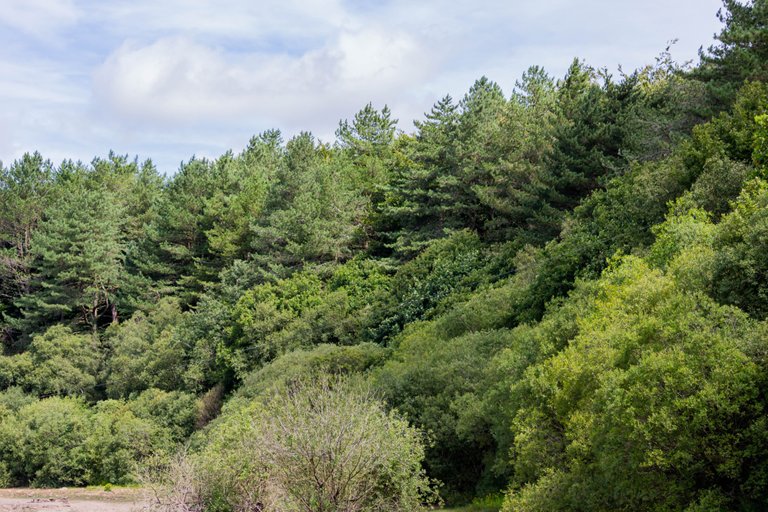
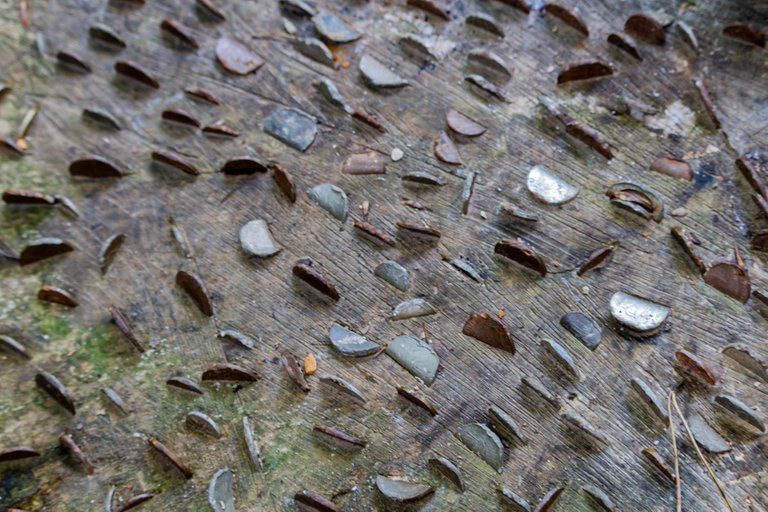
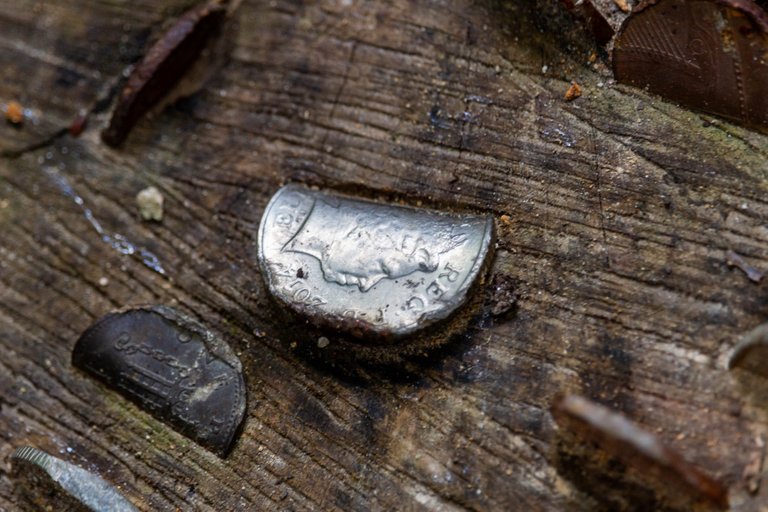
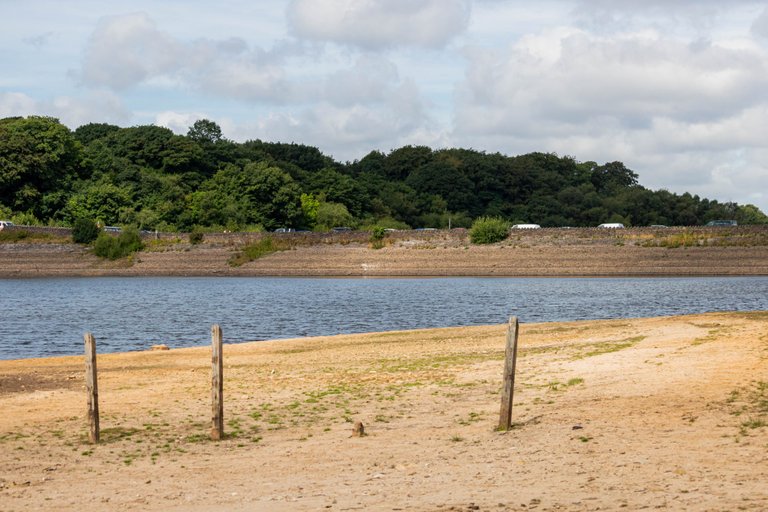

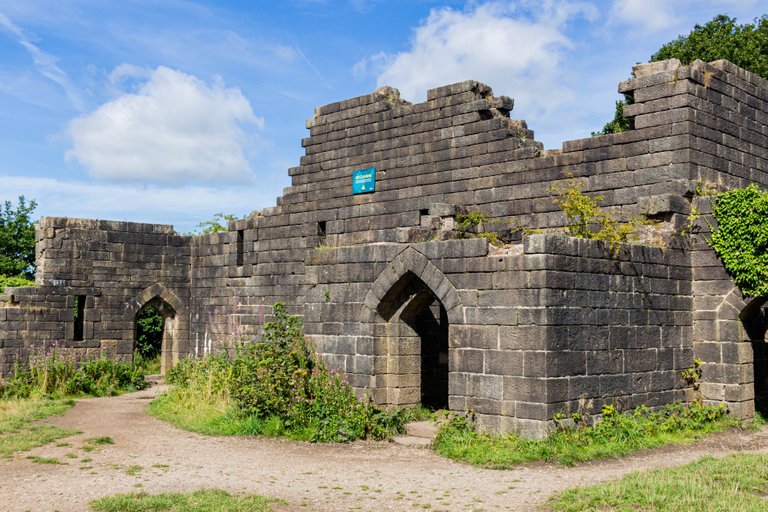
Congratulations, your post has been added to Pinmapple! 🎉🥳🍍
Did you know you have your own profile map?
And every post has their own map too!
Want to have your post on the map too?
Congratulations @rob-c! You received the biggest smile and some love from TravelFeed! Keep up the amazing blog. 😍 Your post was also chosen as top pick of the day and is now featured on the TravelFeed.io front page.
Thanks for using TravelFeed!
@pl-travelfeed (TravelFeed team)
PS: TravelFeed is in social media to reach more people, follow us on Facebook, Instagram, and Twitter.